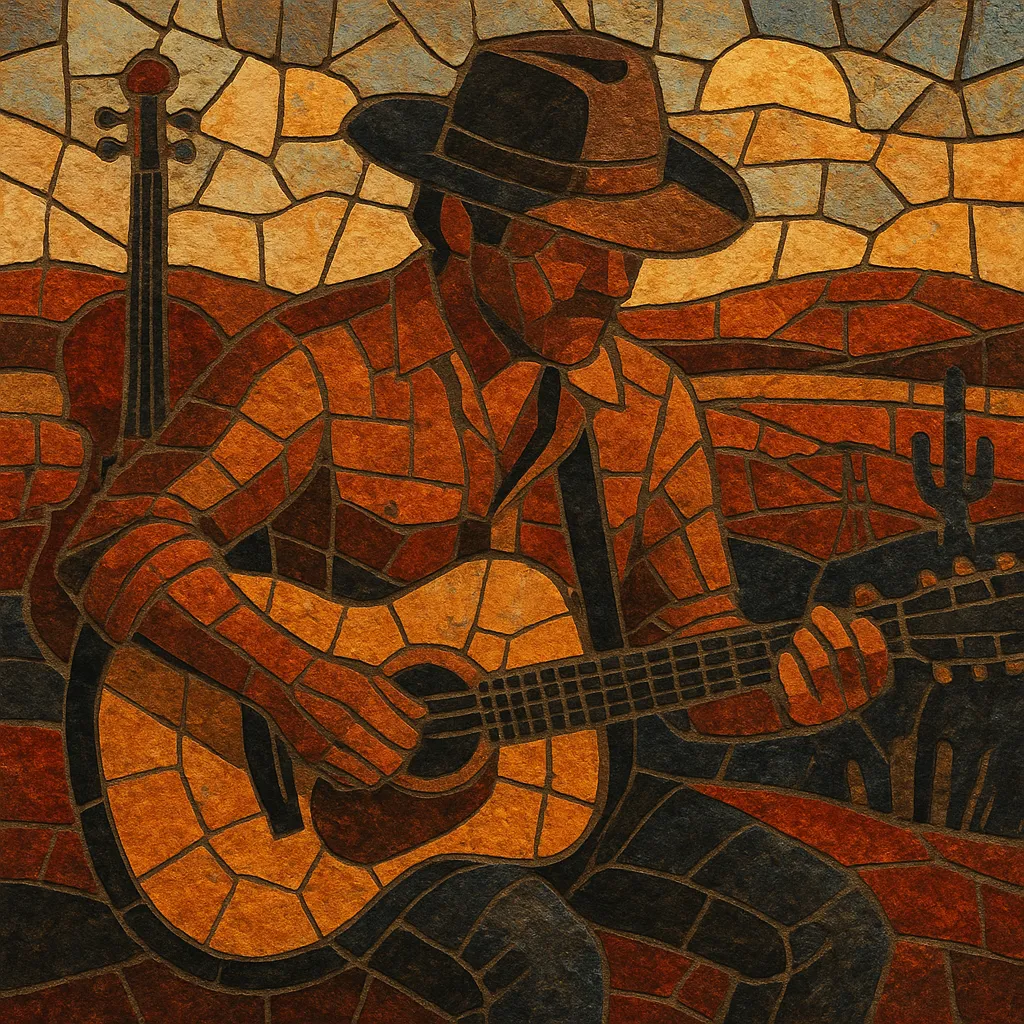Red Dirt is a regional strain of country and roots-rock that grew out of the songwriter scene around Stillwater, Oklahoma, and later intertwined with the Texas country circuit. It blends the grit of outlaw country and southern rock with the storytelling focus of folk and Americana.
Songs are often unvarnished and band-driven, featuring twangy electric guitars, fiddle or steel, and a steady two-step or barroom backbeat. The lyrics value place and plain-spoken detail—oilfields, small towns, long highways, and literal red dirt roads—favoring authenticity over polish.
The style emphasizes live energy, road-warrior ethos, and community, reflecting its origins in collaborative house jams and club residencies. Its sound sits comfortably between country, rock, and Americana, with hooky choruses, honest verses, and a rugged, rootsy production aesthetic.
Red Dirt coalesced in the 1990s around Stillwater, Oklahoma, where a tight-knit circle of writers and bands gathered at venues and communal houses (most famously “The Farm”). Songwriters such as Bob Childers and Tom Skinner helped define the scene’s ethos: narrative-first country songs delivered with the bite of southern rock and the warmth of classic honky-tonk.
Informal jams, songwriter rounds, and bar gigs shaped a sound that prized road-tested arrangements and lyrical honesty. The music fused outlaw country’s independence with folk-rock storytelling, while heartland rock’s blue-collar perspective informed the themes of work, love, and place.
Acts like Cross Canadian Ragweed, The Great Divide, Jason Boland & The Stragglers, and Stoney LaRue began touring heavily, building college-town followings and regional radio support. Their success carried the Stillwater sound across state lines, especially into Texas, where the Red Dirt and Texas country circuits overlapped and reinforced one another.
The 2010s saw a new wave led by Turnpike Troubadours bringing broader attention without sacrificing the scene’s independence. Streaming, festivals, and dedicated venues sustained a thriving live ecosystem. Despite periodic lineup changes and industry shifts, Red Dirt retained its core identity: songwriter-centric, band-forward music rooted in Oklahoma and the Southern Plains.
Red Dirt remains defined by regional pride, DIY touring, and songs that favor truth over trend. Its influence continues to ripple through Texas country and modern Americana, keeping the barroom-to-festival pipeline healthy for emerging bands.


